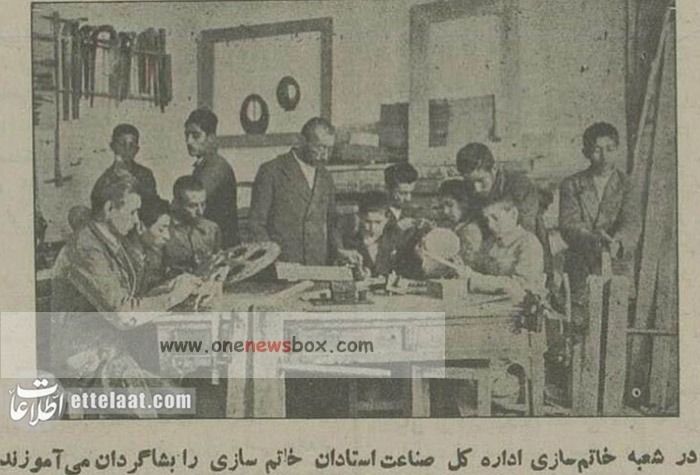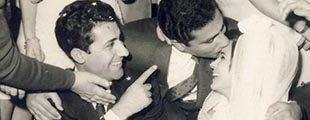Iran in the 1930s
The 1930s were a period of intense modernization. Reza Shah’s administration had embarked on an ambitious agenda to centralize governance, expand railways, modernize the army, introduce Western-style education, and secularize public life. These policies also extended to cultural spheres, as the government recognized that projecting a strong, modern image of Iran required more than just roads and factories—it also required a revival of artistic prestige.
Crafts at Risk
By the early 20th century, many traditional Iranian crafts—such as carpet weaving, miniature painting, tile work, metalwork, and calligraphy—were in decline. Industrial imports, economic instability, and changes in taste had eroded the artisanal economy. Skilled craftspeople struggled to compete with cheaper machine-made products, while younger generations often sought employment in new industrial sectors rather than in family workshops. Without intervention, much of Iran’s tangible and intangible artistic heritage risked being lost.

